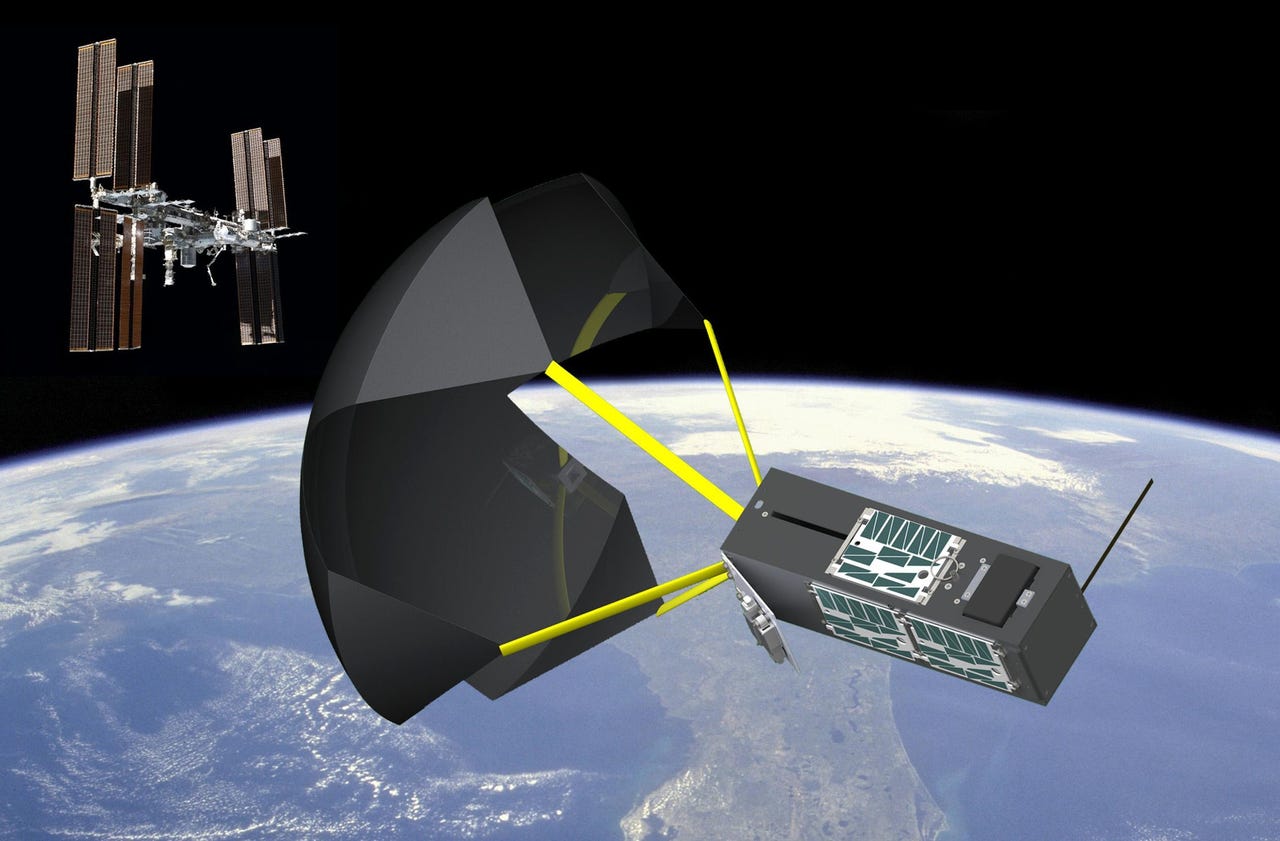NASA employs Digi XBee to test wireless-in-space network


TechEdSat 5
The US National Aeronautics and Space Administration (NASA) has used a device designed by Digi International to test wireless communications inside satellites and payloads coming from the International Space Station (ISS), the Minnetonka-based company announced on Saturday.
As part of NASA's "wireless-in-space" initiative, Digi International's TechEdSat 5 -- a device about the size of a fire extinguisher -- containing Digi XBee radio frequency (RF) modules was released into Earth's orbit at an altitude of approximately 250 miles by the International Space Station on Monday.
Featured
Digi XBee RF modules, taking the place of wired connections in the satellite, operated as wireless "data-crossroads" between TechEdSat 5 key components. Every 10 seconds, the modules transmitted orbital data such as translational acceleration, angular rate, temperature, atmospheric pressure, magnetic field, and strain, which will later be used in the design of future satellites, Digi International said.
In addition to testing wireless communications within the satellite while in orbit, the two-part mission also included the testing of a new de-orbit system that will allow the ISS to bring samples -- such as rocks and soil -- back to earth "on-demand". Storage of rockets on the ISS is not possible for safety reasons.
Embedded in NASA's new de-orbit system is a braking device called an Exo-Brake to allow payloads to be "dragged" in a parachute-like manner over a period of weeks.
The Digi XBee modules are being used to transmit data on the performance of the Exo-Brake.
The initial deployment will call for the satellite to be burned up in the atmosphere, but later missions are planned with wingsail-style parachutes that will continue the effort to bring samples back from the ISS quickly and safely.
In August 2016, NASA revealed plans to sell the ISS to a commercial operator in the mid-2020s.
With plans to send humans to Mars in the 2030s, NASA has been studying the effects of spending time in space on the human body by observing astronauts on board the ISS, which sits in low-earth orbit.
At present, the budget for running the ISS is only guaranteed until 2024.